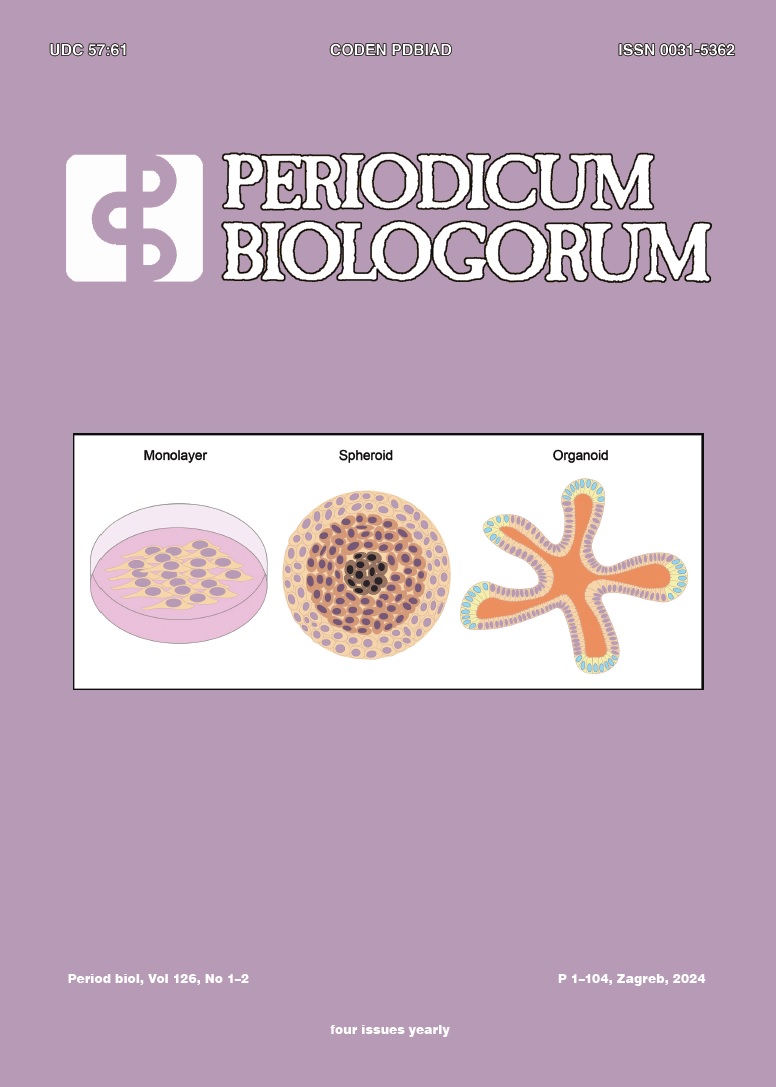Expression of SWI/SNF chromatin remodeling complex-related genes is associated with immune infiltration and prognosis in lung cancer
DOI:
https://doi.org/10.18054/pb.v126i1-2.29661Abstract
Background and purpose: Lung adenocarcinoma (LUAD) is the most common type of lung cancer with poor prognosis. Mating type switch/sucrose non-fermenting (SWI/SNF) chromatin remodeling complex (SCRC) is involved in the occurrence and progression of LUAD. This study aimed to investigate the relationship between SCRC-related genes (SCRCRGs) and prognosis of lung cancer.
Materials and methods: RNA sequencing data and corresponding clinical data of patients diagnosed with LUAD were obtained from The Cancer Genome Atlas database. Hierarchical analysis of the expression of 31 genes in 510 LUAD and 56 paracancerous tissue samples was conducted to distinguish patients according to expression profiles. The prognostic roles of the SCRCRGs were assessed. The identified prognostic factors were integrated to investigate the probability of overall survival (OS) in LUAD.
Results: No differences in OS, disease stable survival, disease free survival, and progression-free survival were noticed among the LUAD subgroups; however, the median survival period of Cluster_3 was longer than those of the other clusters. A total of 29 genes with significant differences between subgroups were identified. Significant differences in the expression of SCRCRGs, particularly SMARCA2, WDR77, and SMARCB1, were noticed between cancer and adjacent tissues. Following regression analysis using Lasso-Cox method, a model of five genes was obtained, which could predict the prognosis of LUAD.
Conclusions: In LUAD, the differences in expression profile of SCRCRGs were related to prognosis and immune infiltration. SMARCA2 can be exploited as a potential target for immunotherapy.
Downloads
Published
Issue
Section
License
The contents of PERIODICUM BIOLOGORUM may be reproduced without permission provided that credit is given to the journal. It is the author’s responsibility to obtain permission to reproduce illustrations, tables, etc. from other publications.


